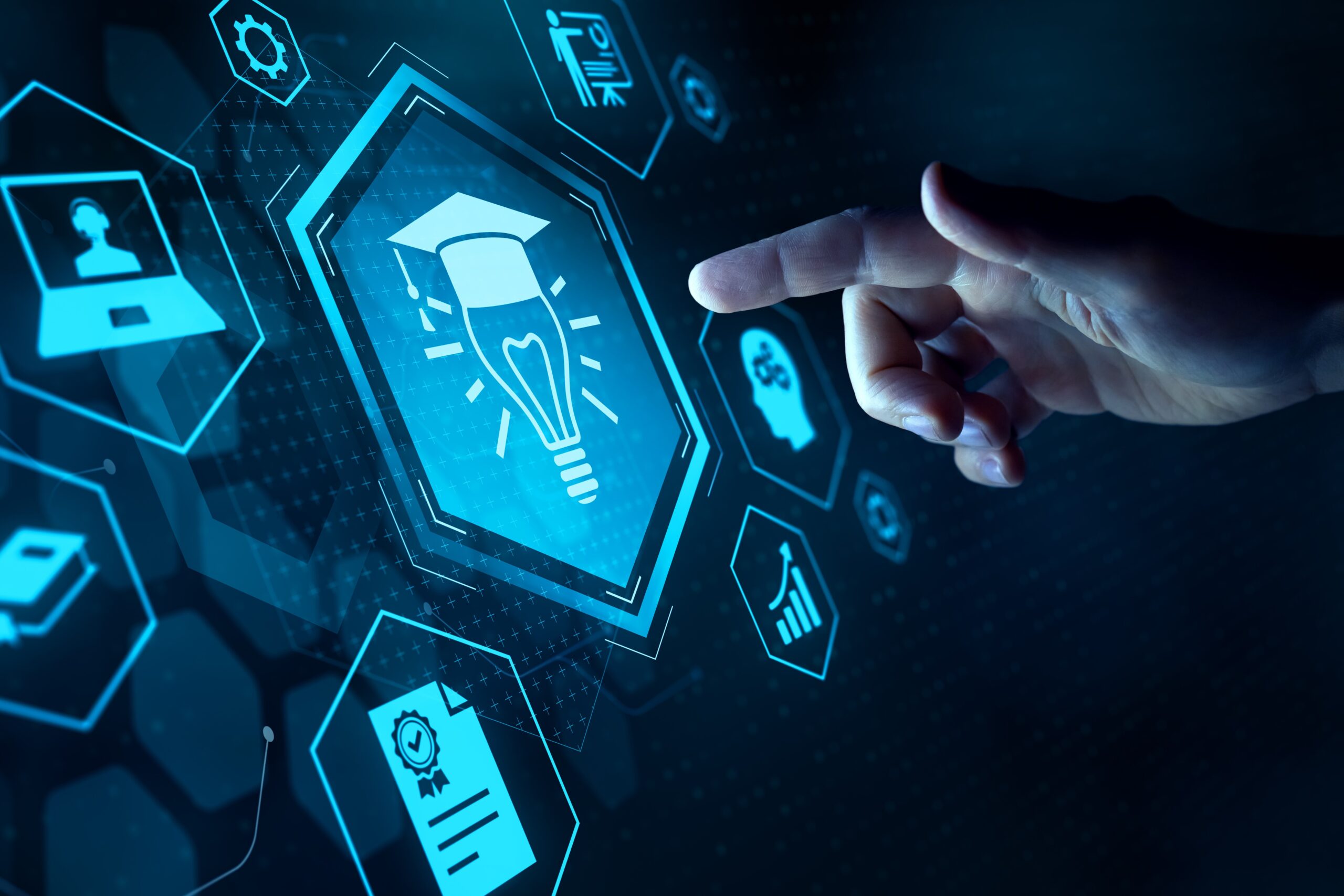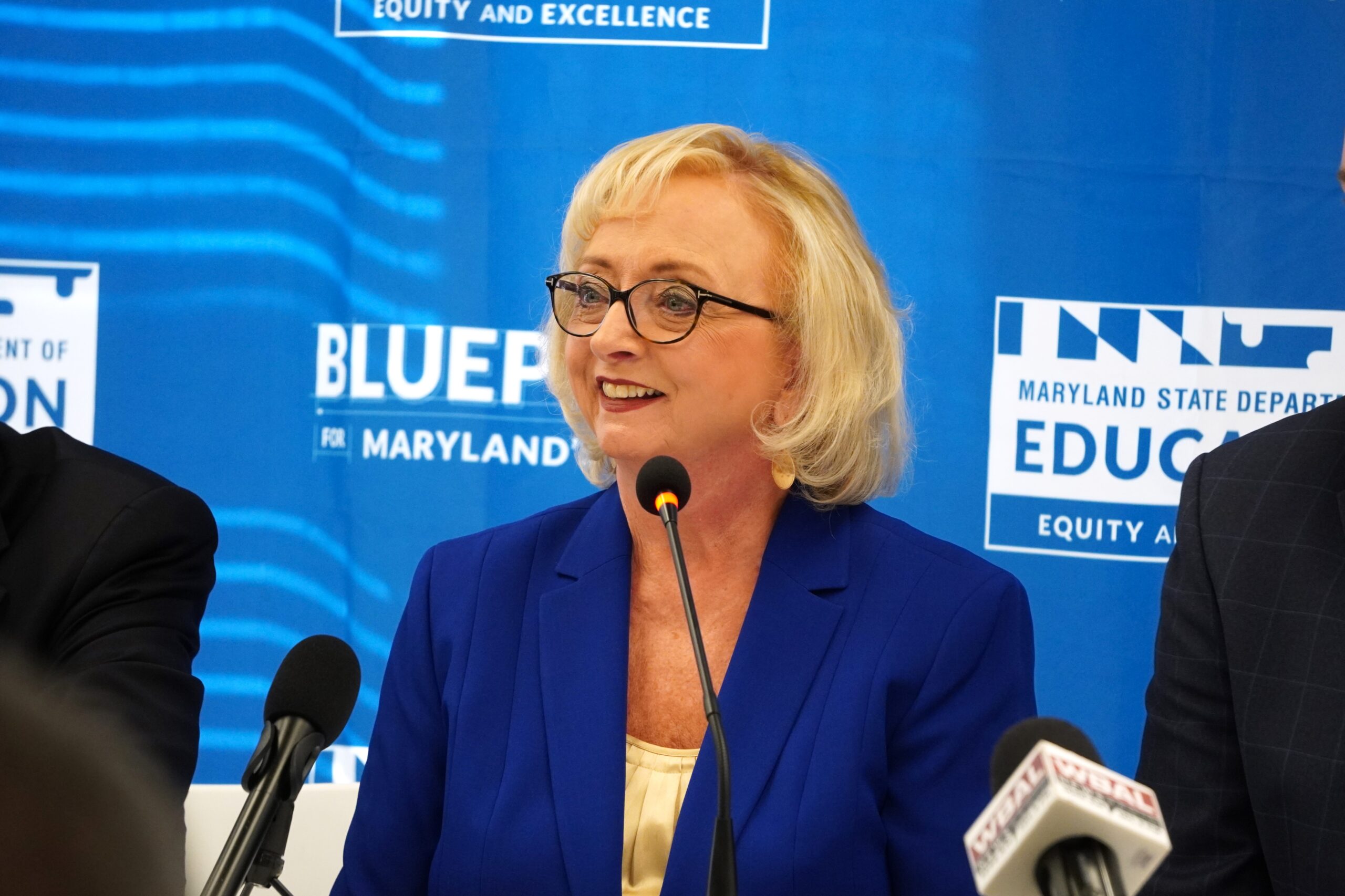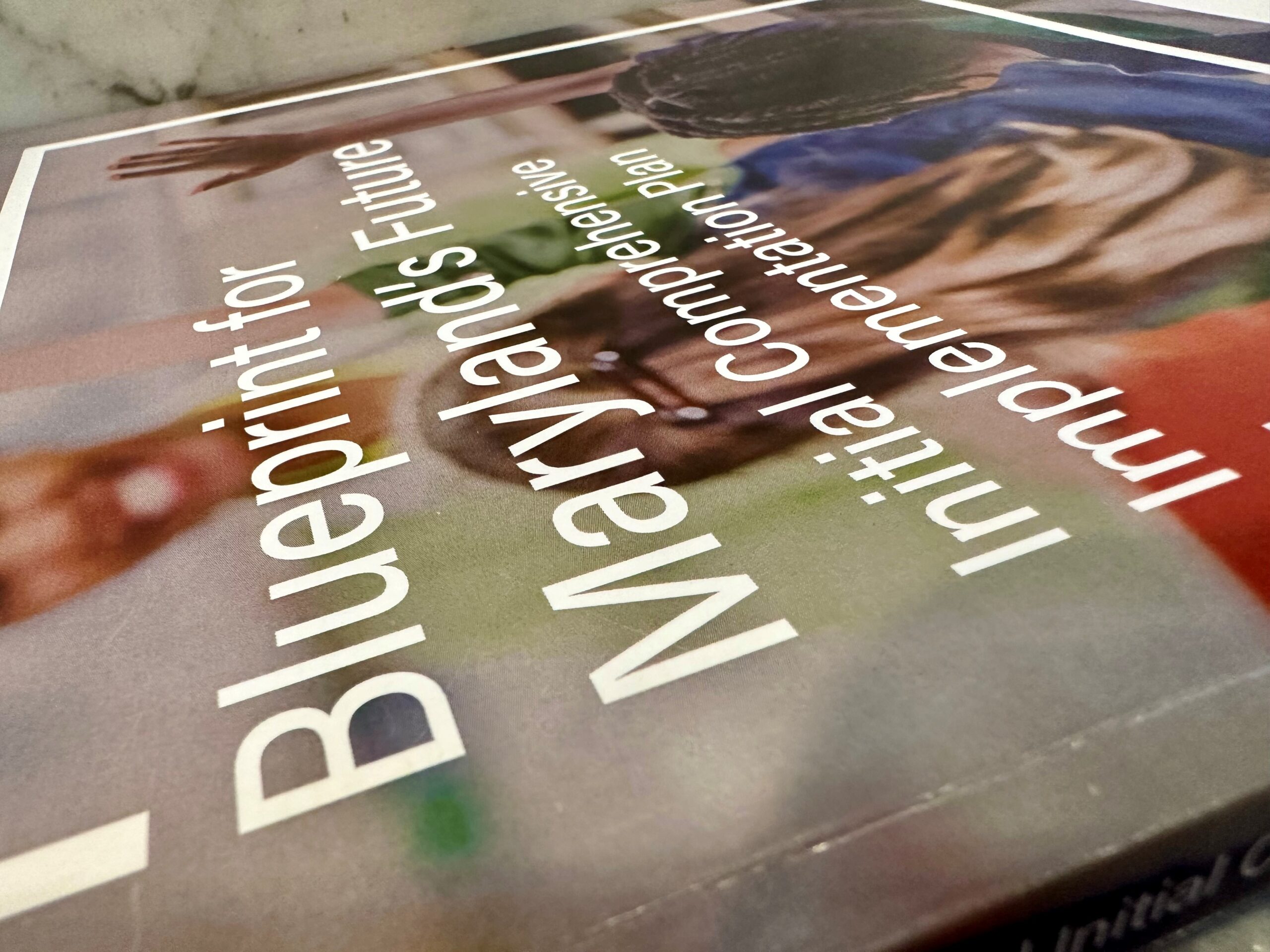Kalman Hettleman: A futuristic future of our public schools: Can AI and R&D save them?

The word futuristic is defined as an “imagined” future. Which is an upbeat way, as schools get ready to reopen, to view the nationwide future of public education.
The alternative to an imagined future is the somber present. Public schools are widely viewed as facing a bleak future. Learning loss from the pandemic is getting worse not better; even before the pandemic, nearly 70 percent of schoolchildren were below proficiency in literacy. There’s a growing loss of faith in the political possibility of true education reform.
No wonder my imagination was fired by a recently published Q and A with Mark Schneider, director of the national Institute of Education Sciences, the major research center on public schools. Schneider envisioned “breakthrough technologies and treatments that can help student performance take a giant leap forward in the coming years … [the] task ahead is to develop a research base that can yield transformative educational tools on the order of … ChatGPT.”
He’s not the only one gazing hopefully into the future. A couple of years ago, the Fordham Institute and the Center for American Progress sponsored a contest for next-generation ideas, called “A Moonshot for Kids.” Why can’t we, asks another expert, come up with “Education Breakthroughs using the approach that accelerated covid vaccines?”
The approach, says Schneider, lies in a quantum advance in education research and development. Now, education R&D has nowhere to go but up. Federal funding for education R&D, long neglected, is about one-half of one percent of the Department of Defense’s R&D budget.
All the while, public education has “missed the data revolution.” Moreover, scarce credible research is poorly managed and disseminated to teachers.
Still, there are signs of a turnaround. DARPA for Ed, an education version of the DOD’s famous R&D branch, is nearing start-up. There’s also the potential of gene therapy to combat learning disabilities with genetic roots, such as autism, dyslexia and mental illness.
And foremost, there’s AI. Every day we learn more about how artificial intelligence is on the verge of revolutionizing virtually every area of human endeavor. Josh Kurtz recently wrote in Maryland Matters an incisive article “Can AI save the planet?”
So why not public education? Indeed, an “AI Invasion” is already underway, and causing great excitement — and controversy.
Students using AI to cheat on assignments has gotten the most attention. But, according to one survey, 60 percent of teachers say they are using ChatGPT: for example, to create assessments and lesson presentations, grade students’ work and communicate with parents. A leading scholar observed in May, “In a matter of weeks or months, [AI tools] are going to be your kid’s tutor, your teacher’s assistant and your family’s homework helper.”
But whoa, say many education experts. Public education is not immune from the risks of AI that led President Biden, last month, to pressure the seven leading AI companies to agree to safeguards. One education writer has warned that “generative AI …poses a number of sticky ethical challenges around data privacy, disinformation, and bias.”
Not to mention the burning question, “Will Artificial Intelligence Help Teachers — or Replace Them?” Maybe you guessed this was coming, but I asked the Google chat bot to answer the question. Its response: “AI has the potential to revolutionize education by providing personalized learning experiences, automating tasks, and freeing up teachers to focus on more important aspects of teaching.”
However, the chatty chat bot cautioned, “it is important to remember that it is not a replacement for human teachers. Teachers play a vital role in education by providing students with social-emotional support, guidance, and motivation. AI cannot replicate the human touch that is essential for effective teaching.”
As a high-level general answer, I’d give AI a grade of A. But of course, AI’s uses and abuses will evolve at warp speed, with lots of unknowns.
- Will it, as two educators worry, become another “equity issue … [j]ust as the digital divide formed between pupils who had access to computers and home internet and those who did not?”
- Will teachers be well-trained in how to teach students to use it, and how to use it themselves?
- Will traditional teaching skills — “collaboration, problem-solving and empathy” — be preserved?
The answers to these questions are problematic because they depend less on the wizardry of tech scientists and more on the ability of school system administrators to harness the AI revolution. Unfortunately, it’s hard to be optimistic that education managers will rise to the challenge. A recent national survey exposed how educators have already fallen far behind in giving AI guidance. Other nations are way ahead of us.
To put this in perspective, we already know a lot more than is commonly understood about how to fix public schools. Robert Slavin, the late pre-eminent researcher, explained, “The problem of education reform is not a lack of good ideas, but a lack of good ideas sensibly implemented.”
For example, think of lagging efforts to implement proven instructional programs for struggling readers and to recruit and retain quality teachers. Bear in mind, too, the spotty track record of computer-assisted and online learning.
So — while I’m not the best guide since I struggled in science courses in high school and college — we need to map in Maryland and nationally a balanced journey into the R&D and AI future. Maryland, according to a survey of all states, is not yet underway on AI. (I sent several requests to MSDE asking for information but received no responses.)
We dare not shy away from the potential of the coming technology revolution. But we must also keep our feet on the ground and grind out advances in learning that here and now are educationally and politically doable.




 Creative Commons Attribution
Creative Commons Attribution